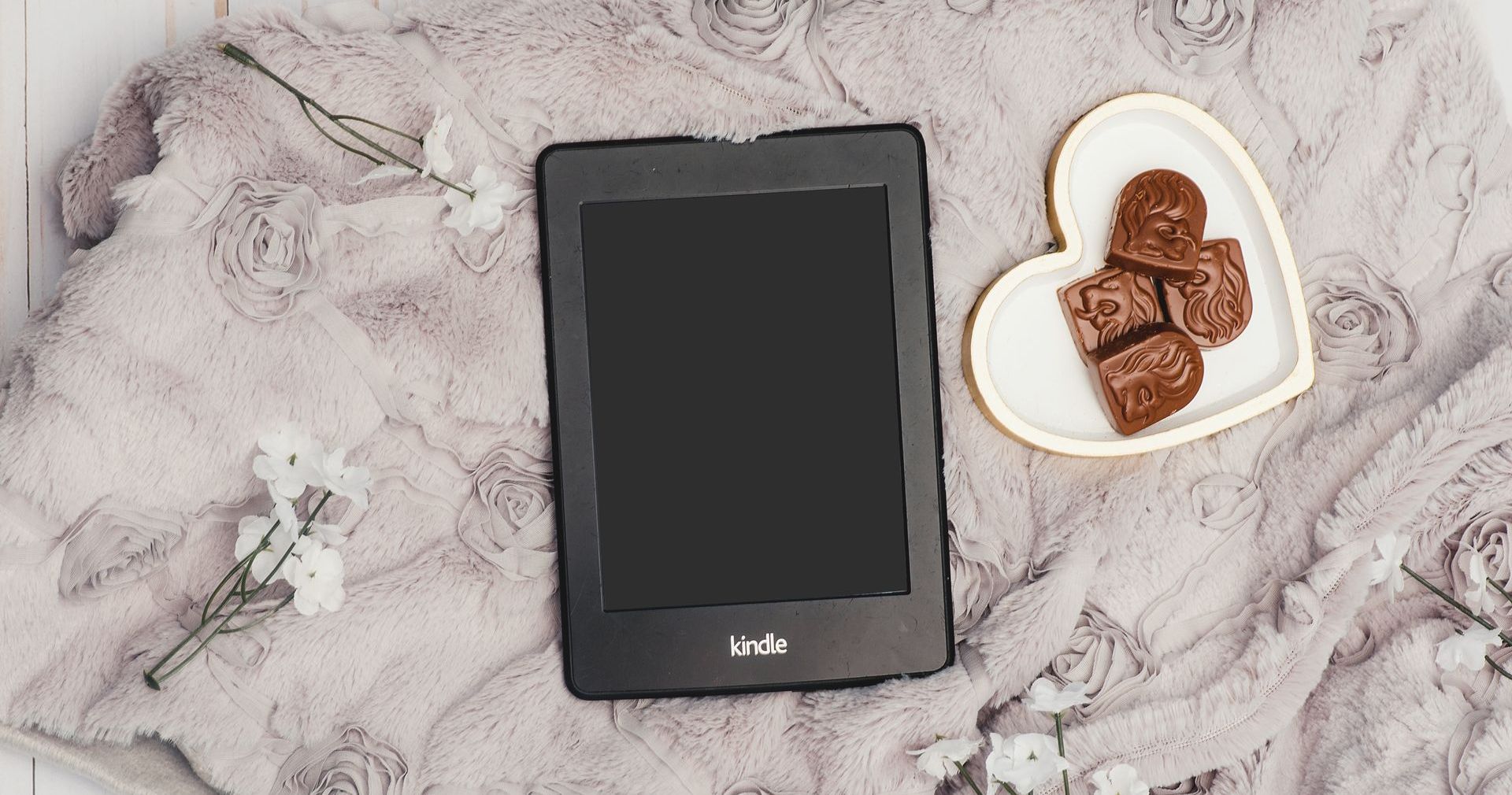Kindle or Physical Book: Which is the Best Choice for Reading?
Common question among reading lovers: is it better to read on Kindle or in a physical book?
With the growing popularity of e-readers like the Kindle, many readers are wondering if it's time to leave physical books behind and adopt the digital format. However, this question is not so simple and has many aspects to consider. In this article, we will explore the pros and cons of both formats and try to reach a conclusion.
Advantages of the Kindle:
Portability: The Kindle is a portable device that can store thousands of books in a single device. This means you can carry an entire library in your bag or backpack, making reading on the go very convenient. It is ideal for those who travel frequently or like to read on the move.
Storage: With the Kindle, you can store a large number of books in a single device. This is particularly useful if you have limited space in your home for physical books. Additionally, many classics and public domain works are available for free download, which means you can access a wide variety of books without spending much money.
Customizable reading adjustments: The Kindle offers a range of features that allow you to adjust your reading experience according to your personal preferences. You can adjust the font size, line spacing, and screen brightness, making reading more comfortable for your eyes. Additionally, the Kindle also has a built-in dictionary function that allows you to easily look up the meaning of unfamiliar words.
Access to a vast collection of books: Amazon has a huge collection of books available for purchase in the Kindle store, which means you can find virtually any book you're looking for. Additionally, many independent authors and emerging writers choose to release their works in digital format, making them accessible to readers through the Kindle.
Disadvantages of the Kindle:
Different reading experience: While the Kindle offers many advantages, some readers argue that the reading experience on an e-reader is not the same as a physical book. The feeling of turning the pages, the weight of the book in your hands, and the smell of the pages can be lost on an electronic device.
Dependence on technology: When using a Kindle, you are subject to technology and electricity. If the battery runs out or the device fails, you will not be able to access your books until you resolve the issue. Additionally, e-readers can become outdated over time and need replacement, whereas physical books do not have this problem.
Sharing restrictions: With physical books, you can lend, donate, or resell your used books. However, with the Kindle, you are subject to Amazon's sharing restrictions and copyright laws, which can limit your ability to share or resell the books you have purchased.
Which Kindle to choose?
Over the years, Amazon has released several versions and models, each with its own specific features and functionalities. Here are the main differences between the available Kindle models:
| Model | Price Range | Screen Size | Number of Books |
|---|---|---|---|
| Kindle 11th Generation | de R$400 à R$500 | 6” | 16Gb (more than 2000) |
| Kindle Paperwhite | de R$ 700 à R$800 | 6,8" | 16Gb (more than 2000) |
| Kindle Signature Edition | de R$800 à R$900 | 6,8" | 32Gb (more than 4000) |
| Kindle Oasis | de R$1.000 à R$1.300 | 7" | 32Gb (more than 4000) |
These are the main differences between the currently available Kindle models. Each model caters to different reading needs and preferences.
Advantages of physical books:
Sensory experience: Many readers claim that the experience of reading a physical book is unique and special. The feeling of holding a book in your hands, the smell of the pages, and flipping through them can be very gratifying and engaging. The tactile and sensory experience of physical books can be more satisfying for some readers.
Decoration and collecting: Physical books also have an aesthetic appeal. Having a shelf full of books can be a form of decoration in your home, reflecting your interests and tastes. Additionally, many readers are collectors and appreciate having a collection of physical books with their unique covers and editions.
Sharing and donation: With physical books, you have more freedom to lend, donate, or resell your used books. You can share a book with a friend, donate it to a local library, or even sell it at a used book sale. This allows books to have a longer useful life and be shared with others.
Less dependence on technology: When reading a physical book, you don't have to worry about batteries or software updates. Physical books do not have the technological limitations of electronic devices, which means you can read them anytime, anywhere, without worrying about technical issues.
Disadvantages of physical books:
Portability and space: Physical books can be bulky and heavy, which can make reading on the go less convenient. Additionally, if you have a large collection of books, you may need a lot of space to store them in your home.
Limited access to digital works: Not all books are available in physical format, especially more recent works or those by lesser-known authors. Additionally, books in other languages may be harder to find in physical format, while the Kindle allows access to a wider variety of works in different languages.
Difficulty with customizable reading adjustments: Physical books have a fixed format, which means you cannot adjust the font size, line spacing, or screen brightness as you can with a Kindle. This can be a problem for people with vision problems or specific reading preferences.
Conclusion:
The decision to read on a Kindle or in a physical book depends on each reader's personal preferences. Both formats have their advantages and disadvantages. The Kindle is convenient, portable, and offers access to a vast collection of books in a single device, while physical books offer a unique sensory experience, the freedom to share and donate, and do not have technological limitations. Some readers may prefer the digital format for its practicality and ability to customize the reading experience, while others may prefer the feeling of holding a physical book and the possibility of sharing, collecting, and decorating their home with books.
One option may be to use both formats, depending on the circumstances. For example, the Kindle may be a convenient choice for travel or for reading more recent works that are difficult to find in physical format. On the other hand, physical books may be a great option for reading at home, for sharing with friends and family, or for those who value the unique sensory experience of flipping through the pages of a book.
It is also important to consider environmental issues when making this choice. Physical books consume natural resources in their production, such as paper and ink, and also have an impact on transportation and storage. On the other hand, electronic devices like the Kindle also have an environmental impact in their production, use, and disposal.
In summary, there is no definitive answer to which is the best format for reading, whether Kindle or physical book. The choice depends on each reader's personal preferences, considering aspects such as practicality, sensory experience, access to digital works, customizable reading adjustments, space, and sustainability. The best option is the one that suits each person's reading style and meets their needs and values. Regardless of the chosen format, the most important thing is to continue enjoying reading and taking advantage of the wonderful world of books.
Best regards!
Until the next article!

"A vida é como uma peça de teatro que não nos permite fazer ensaios. Por isso, aproveite cada dia, cante, ria e chore, antes que a cortina se feche e a sua peça termine sem os aplausos".
Charles Chaplin
Todos os direitos reservados | Criação e Projeto - Produtora TAG12









